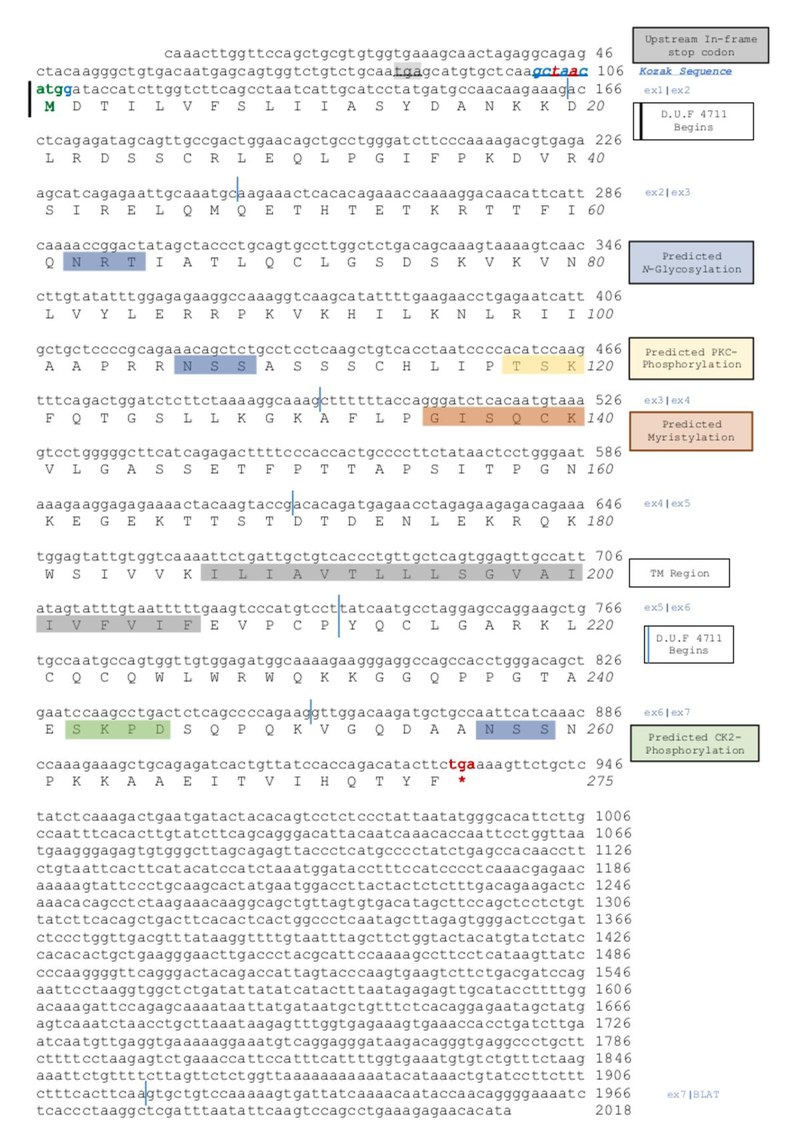Protein
The primary sequence of C17orf78 has been predicted to be 30.55kDa, with an isoelectric point of 9.62. [14]
Uncharacterized protein C17orf78 isoform 1 (C17orf78-204) has a span of 275 amino acids, including all 7 exons. [15] [16] C17orf78 isoform 1 is the principle protein.
Uncharacterized protein C17orf78 isoform 2 (C17orf78-203) has a span of 159 amino acids, constituted from 5 exon regions, which include the 1st, 2nd, 3rd, 6th, and 7th exons of the principle protein. [17] [16]
Expression
C17orf78 has high expression in the human small intestine, particularly the duodenum [2] [18] and has been detected in small expression levels in the testes and other tissues. [19] Fetal expression lowers in all tissues over time with development except for the intestines, which shows increasing expression over time. [20] [2]
Subcellular Location
Predictive analysis of C17orf78 by Psort2 [21] places the primary location in the nucleus because of a nuclear localization signal. C17orf78 is also potentially a transmembrane protein due to the presence of a transmembrane region. [22] [12]
This page is based on this
Wikipedia article Text is available under the
CC BY-SA 4.0 license; additional terms may apply.
Images, videos and audio are available under their respective licenses.





